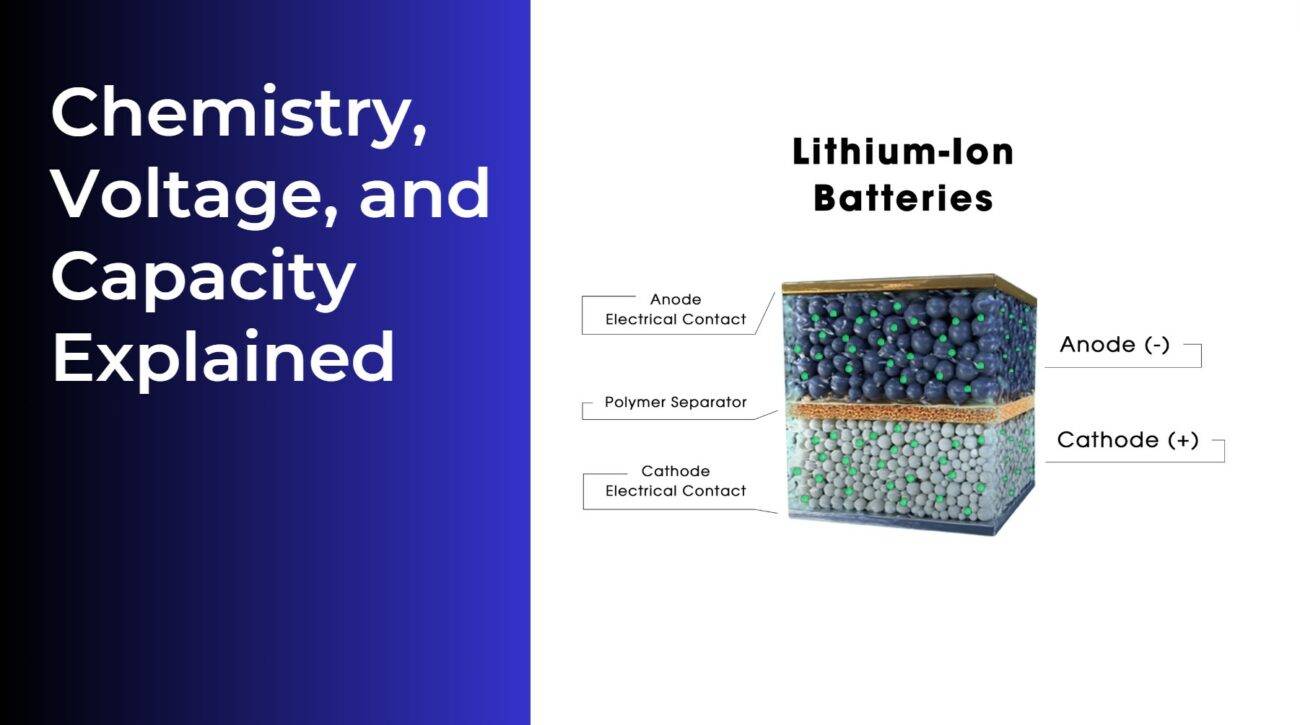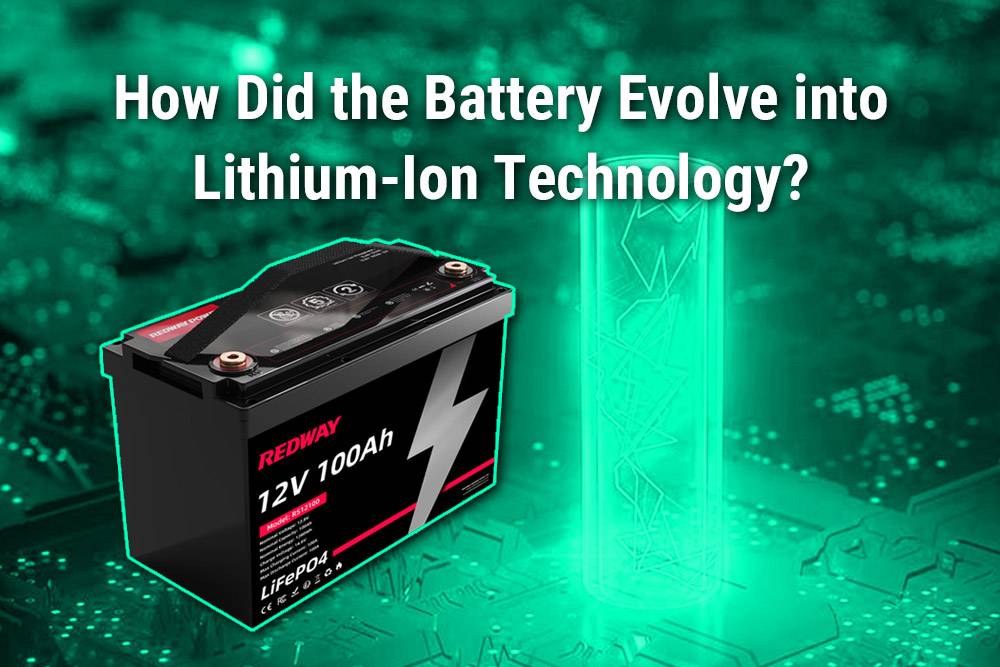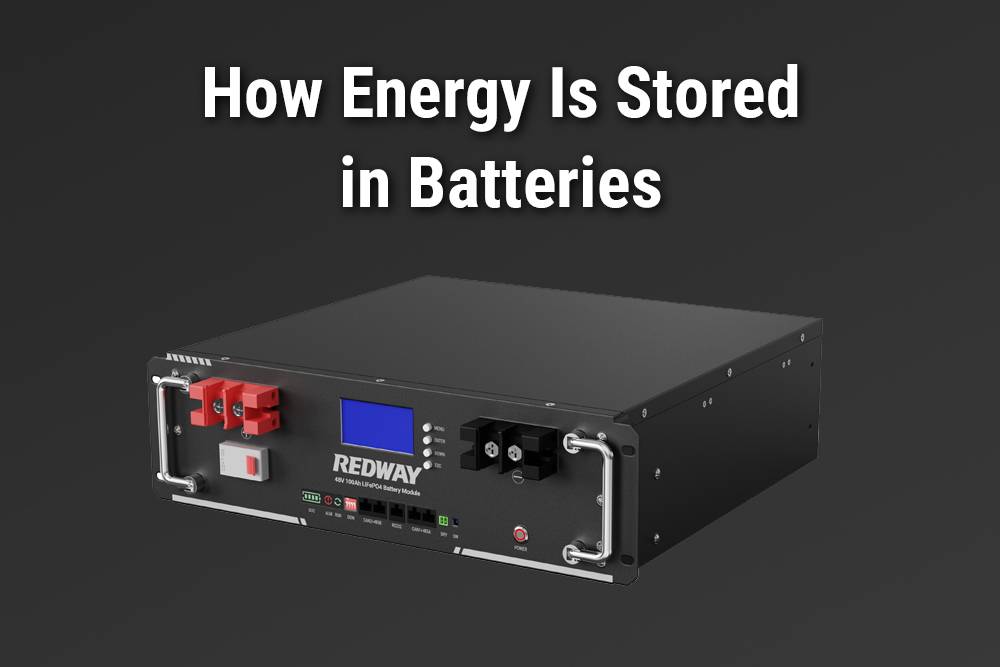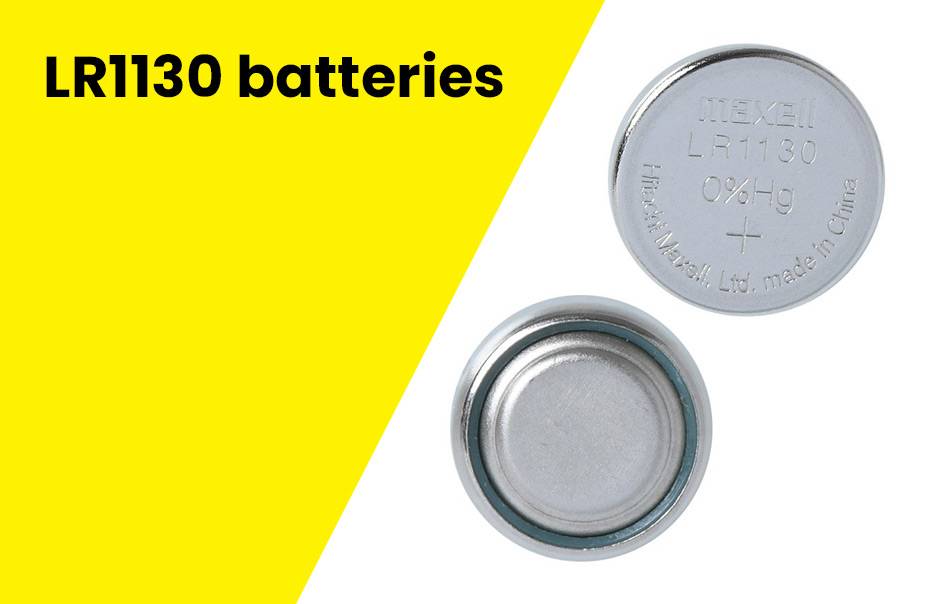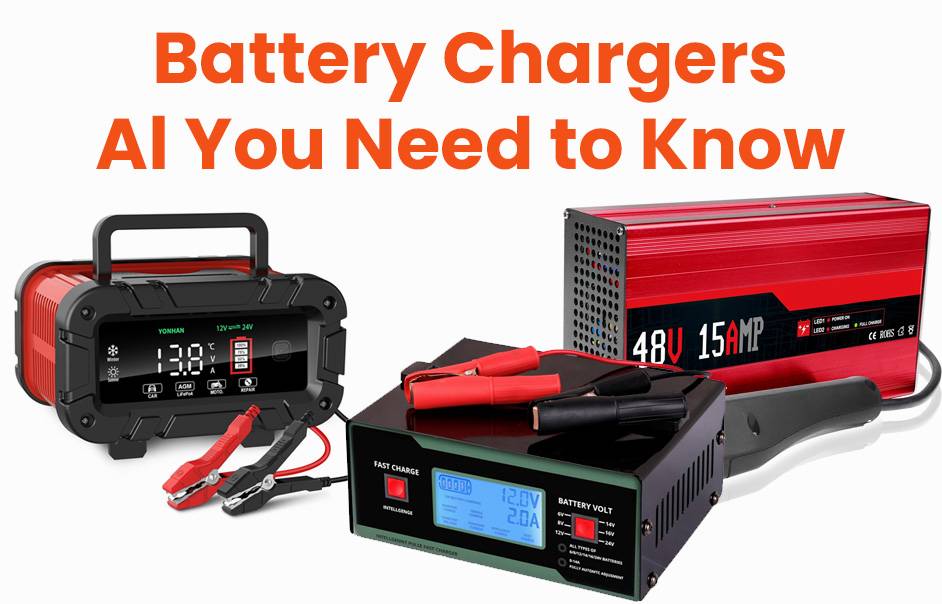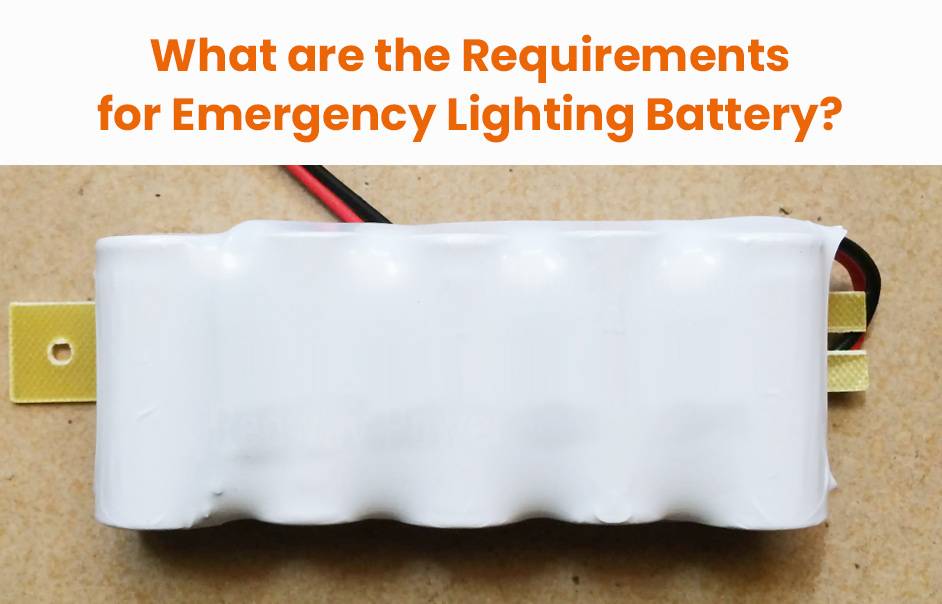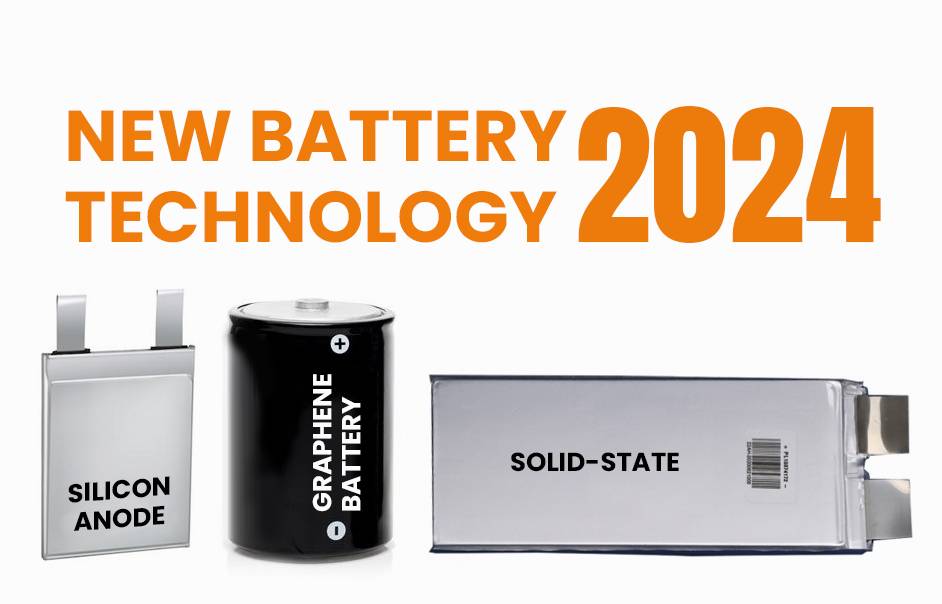- Rack-mounted Lithium Battery
- Golf Cart Lithium Battery
-
Golf Cart Lithium Battery
- 36V 50Ah (for Golf Carts)
- 36V 80Ah (for Golf Carts)
- 36V 100Ah (for Golf Carts)
- 48V 50Ah (for Golf Carts)
- 48V 100Ah (Discharge 100A for Golf Carts)
- 48V 100Ah (Discharge 150A for Golf Carts)
- 48V 100Ah (Discharge 200A for Golf Carts)
- 48V 120Ah (for Golf Carts)
- 48V 150Ah (for Golf Carts)
- 48V 160Ah (Discharge 100A for Golf Carts)
- 48V 160Ah (Discharge 160A for Golf Carts)
-
Golf Cart Lithium Battery
- Forklift Lithium Battery
- 12V Lithium Battery
- 24V Lithium Battery
- 36V Lithium Battery
- 48V Lithium Battery
-
48V LiFePO4 Battery
- 48V 50Ah
- 48V 50Ah (for Golf Carts)
- 48V 60Ah (8D)
- 48V 100Ah (8D)
- 48V 100Ah
- 48V 100Ah (Discharge 100A for Golf Carts)
- 48V 100Ah (Discharge 150A for Golf Carts)
- 48V 100Ah (Discharge 200A for Golf Carts)
- 48V 150Ah (for Golf Carts)
- 48V 160Ah (Discharge 100A for Golf Carts)
- 48V 160Ah (Discharge 160A for Golf Carts)
-
48V LiFePO4 Battery
- 60V Lithium Battery
-
60V LiFePO4 Battery
- 60V 20Ah
- 60V 30Ah
- 60V 50Ah
- 60V 50Ah (Small Size / Side Terminal)
- 60V 100Ah (for Electric Motocycle, Electric Scooter, LSV, AGV)
- 60V 100Ah (for Forklift, AGV, Electric Scooter, Sweeper)
- 60V 150Ah (E-Motocycle / E-Scooter / E-Tricycle / Tour LSV)
- 60V 200Ah (for Forklift, AGV, Electric Scooter, Sweeper)
-
60V LiFePO4 Battery
- 72V~96V Lithium Battery
- E-Bike Battery
- All-in-One Home-ESS
- Wall-mount Battery ESS
-
Home-ESS Lithium Battery PowerWall
- 24V 100Ah 2.4kWh PW24100-S PowerWall
- 48V 50Ah 2.4kWh PW4850-S PowerWall
- 48V 50Ah 2.56kWh PW5150-S PowerWall
- 48V 100Ah 5.12kWh PW51100-F PowerWall (IP65)
- 48V 100Ah 5.12kWh PW51100-S PowerWall
- 48V 100Ah 5.12kWh PW51100-H PowerWall
- 48V 200Ah 10kWh PW51200-H PowerWall
- 48V 300Ah 15kWh PW51300-H PowerWall
PowerWall 51.2V 100Ah LiFePO4 Lithium Battery
Highly popular in Asia and Eastern Europe.
CE Certification | Home-ESS -
Home-ESS Lithium Battery PowerWall
- Portable Power Stations
Sodium-ion Battery, Advantages and Disadvantages
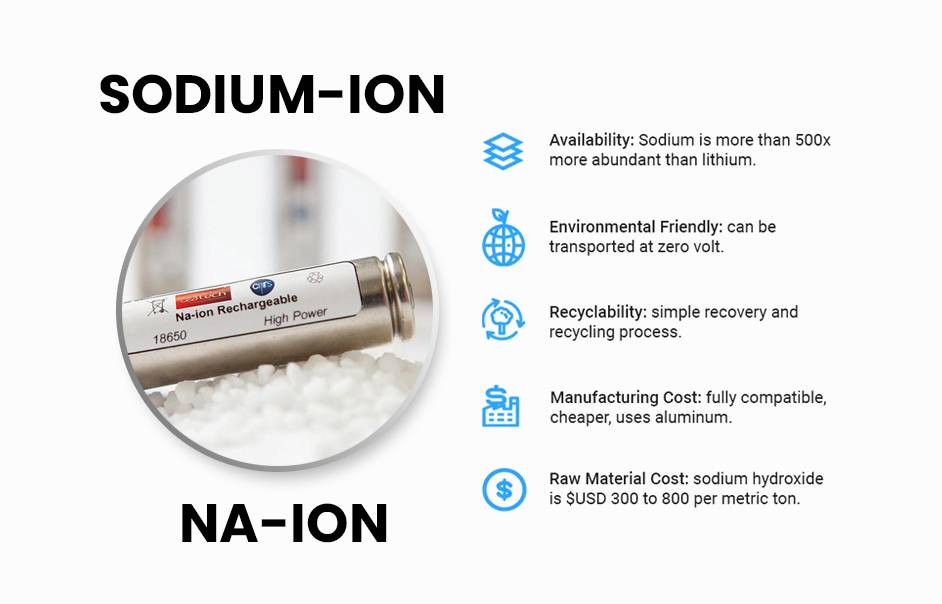
Explore the promising realm of sodium-ion batteries, emerging as compelling alternatives to lithium-ion counterparts. In an era emphasizing energy storage, these innovative power sources offer unique advantages and applications. Delve into their electrifying world, uncovering potential, drawbacks, and exciting future developments. Buckle up for a deep dive into the fascinating domain of sodium-ion batteries and their transformative impact on energy storage solutions.
How do Sodium-ion Batteries Work?
Sodium-ion batteries operate similarly to lithium-ion batteries, involving ion movement between cathode and anode. Notably, they offer cost-effectiveness and high energy storage capacity.
- Cathode and Anode Composition:
- Cathodes, commonly made of sodium compounds like sodium nickelate, facilitate ion movement during charging.
- Anodes, usually composed of carbon-based materials, play a crucial role in the discharge and charging process.
- Ion Movement during Charging and Discharging:
- Charging involves Na+ ions moving from cathode to anode through an electrolyte, with oxidation at the cathode and reduction at the anode.
- Discharging sees Na+ ions migrating back to the cathode from the anode in a reverse reaction.
- Cost-Effectiveness and Abundant Material:
- Sodium-ion batteries offer a cost-effective alternative to lithium-ion batteries.
- The abundance of sodium makes it a widely available and cheaper option for energy storage applications.
- High Energy Storage Capacity:
- Sodium-ion batteries exhibit a high energy storage capacity by storing multiple Na+ ions per unit volume.
- This characteristic ensures long-lasting power for various devices and applications.
Conclusion: In summary, sodium-ion batteries provide a cost-effective and high-capacity energy storage solution, leveraging the abundance of sodium for efficient and economical use in various applications.
Advantages of Sodium-ion Batteries
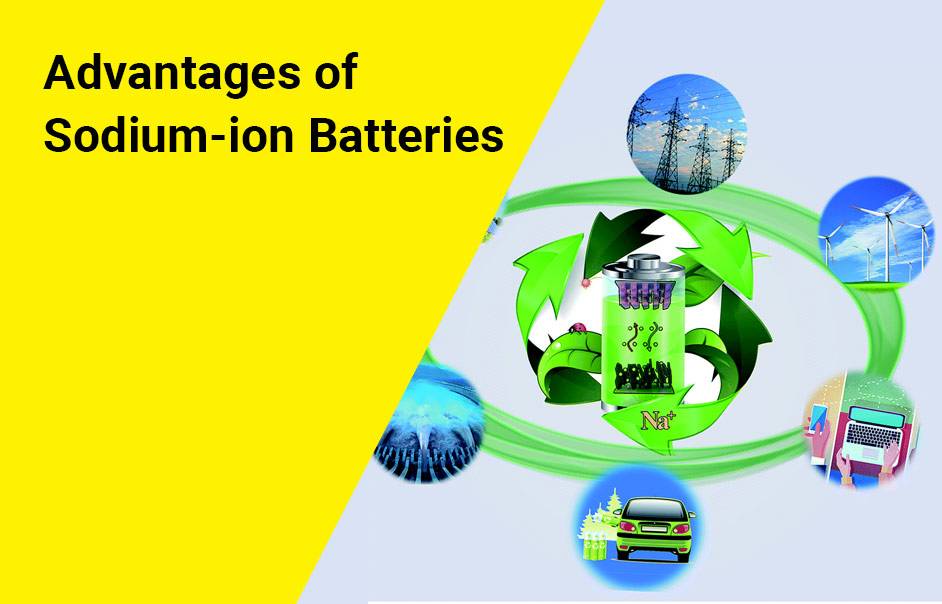
- Cost-effectiveness:
- Sodium-ion batteries are cost-effective due to the affordability and wide availability of sodium, offering an economic alternative to lithium-ion batteries.
- This advantage makes them particularly suitable for large-scale energy storage applications like power grids and renewable energy systems.
- High Energy Storage Capacity:
- Despite being less expensive, sodium-ion batteries provide high energy storage capacity, delivering significant amounts of electrical energy.
- This feature makes them well-suited for applications requiring prolonged power, ensuring reliable performance.
- Wide Availability of Materials:
- Sodium-ion batteries benefit from the wide availability of sodium-based compounds, ensuring a stable supply chain.
- Unlike batteries relying on rare elements, this availability enhances their suitability for mass production and commercialization.
- Infrastructure Adaptability:
- Leveraging similar chemistry to lithium-ion counterparts, sodium-ion batteries can utilize existing infrastructure and manufacturing capabilities.
- This adaptability streamlines production processes, potentially accelerating their accessibility and market adoption.
Conclusion: The cost-effectiveness, high energy storage capacity, material availability, and adaptability of sodium-ion batteries position them as a compelling option for specific applications. While ongoing research aims to address limitations, the current advantages make sodium-ion batteries an increasingly viable choice, with potential widespread use across industries.
A. Cost-effective
Sodium-ion batteries stand out for their notable cost-effectiveness, presenting a compelling alternative to lithium-ion batteries. Their economic advantage stems from the abundance of sodium, a readily available and cost-efficient raw material. Sodium, one of the Earth’s most abundant elements, enables manufacturers to procure it at lower costs compared to rare or expensive materials used in other battery types.
The manufacturing process for sodium-ion batteries is characterized by its simplicity and straightforwardness, contributing to overall cost-effectiveness. The streamlined production reduces the reliance on complex infrastructure and specialized equipment, further lowering manufacturing costs. Leveraging the existing lithium-ion battery production infrastructure allows for a smooth transition, minimizing additional investments and research into new facilities. This cost-effectiveness positions sodium-ion batteries as attractive options for diverse applications, including large-scale energy storage, consumer electronics, and electric vehicles, where affordability significantly influences market adoption.
B. High energy storage capacity
Sodium-ion batteries boast a significant advantage in their high energy storage capacity, a crucial feature for diverse applications. This capability arises from the efficient movement of sodium ions between the anode and cathode during charge and discharge cycles. The result is a battery that can store and release a substantial amount of energy effectively. This high energy storage capacity positions sodium-ion batteries as ideal power sources for electric vehicles, enabling extended driving ranges without frequent recharging.
Moreover, these batteries find applicability in renewable energy systems like solar or wind power plants, where they can store excess electricity during peak production for release during periods of higher demand or low renewable energy availability. The broad implications of sodium-ion batteries in transportation and renewable energy underscore their potential, with ongoing research expected to drive further advancements in this field.
C. Wide availability of materials
Sodium-ion batteries offer a distinctive advantage in their wide availability of materials, enhancing their cost-effectiveness compared to lithium-ion counterparts. Unlike lithium-ion batteries, which rely on scarce and expensive lithium resources, sodium-ion batteries utilize abundant and inexpensive materials, with sodium being one of the Earth’s most plentiful elements. Additionally, common elements like manganese and iron can be incorporated into the cathode material, ensuring a diverse and accessible supply chain. This not only reduces production costs but also minimizes dependence on foreign sources, opening avenues for local manufacturing industries.
The accessibility of materials not only provides economic benefits but also fosters environmental sustainability by utilizing abundant resources. Moreover, this accessibility enables researchers to experiment with material combinations, enhancing performance and tailoring batteries for specific applications. As ongoing research continues to optimize sodium-ion batteries, the potential for innovative uses across various industries becomes increasingly promising.
Disadvantages of Sodium-ion Batteries
Sodium-ion batteries, while presenting advantages, come with notable disadvantages that warrant consideration. A significant drawback is their lower energy density compared to lithium-ion counterparts, limiting their ability to store as much energy in a given space. This hinders their suitability for applications demanding high power and prolonged battery life. Furthermore, the limited commercial availability of sodium-ion batteries poses a challenge, as they are still in early developmental stages, hindering widespread adoption.
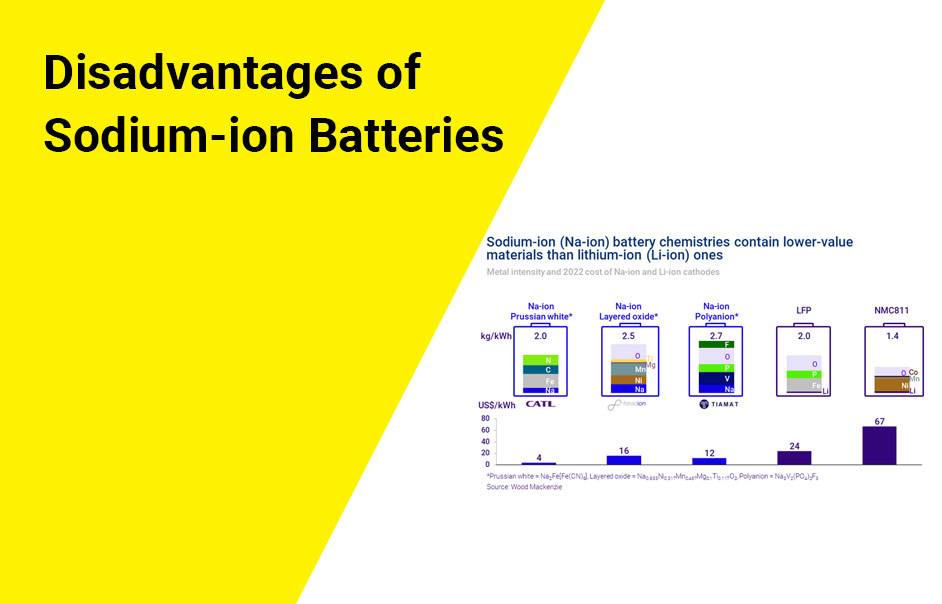
Environmental concerns also accompany sodium-ion batteries, with extraction and processing of raw materials potentially causing ecological harm. Developing proper disposal and recycling methods is crucial to minimize adverse environmental impacts. Despite these drawbacks, ongoing research and advancements in materials science offer hope for overcoming these limitations, paving the way for sodium-ion batteries to emerge as a more viable and sustainable energy storage solution in the future.
A. Lower energy density compared to lithium-ion batteries
A significant drawback of sodium-ion batteries is their lower energy density compared to lithium-ion counterparts, indicating a limitation in the amount of energy they can store per unit volume or mass. While advancements have been made, sodium-ion batteries may fall short in providing high power and extended runtime, impacting their suitability for certain applications with demanding performance requirements.
However, the lower energy density doesn’t render sodium-ion batteries ineffective; they remain suitable for less power-intensive applications where cost-effectiveness and material availability take precedence. Ongoing research endeavors focus on addressing this limitation by exploring diverse materials and electrode designs, aiming to enhance sodium-ion batteries’ energy storage capacity and close the gap with lithium-ion technology.
Despite current disparities in energy density, sodium-ion batteries offer unique advantages, and continuous advancements may position them as a compelling alternative in the evolving landscape of energy storage solutions. As research progresses, the potential for sodium-ion batteries to become more competitive and widespread continues to be an area of exploration and innovation.
B. Limited commercial availability
Limited commercial availability is a notable drawback for sodium-ion batteries, a technology still in its early development stages compared to the well-established lithium-ion counterparts. Research has primarily focused on enhancing performance and stability before mass production for broader commercial use. Challenges include scaling up production and establishing a reliable supply chain for necessary materials, such as sourcing sufficient sodium ions and refining manufacturing processes.
Despite current limitations, growing interest and investment in sodium-ion battery technology suggest a future increase in commercial availability. Although restricted availability poses a challenge to widespread adoption, the potential advantages and applications of sodium-ion batteries remain promising. Continued research and development efforts indicate a path toward overcoming current limitations and expanding the role of sodium-ion batteries in various industries.
C. Environmental concerns
Sodium-ion batteries present environmental concerns despite their advantages over traditional lithium-ion counterparts. Manufacturing these batteries requires a substantial amount of resources, contributing to habitat destruction and pollution during extraction and processing. Additionally, concerns arise regarding the ethical sourcing of materials, as some components may originate from areas with lax environmental regulations or unethical mining practices.
The disposal of sodium-ion batteries at the end of their life cycle poses another environmental risk, with improper disposal potentially leading to toxic chemical leakage into soil and water sources, endangering wildlife and human health. Long-term sustainability is also questioned due to the potential rarity of certain battery components. To make sodium-ion batteries a truly viable and sustainable energy storage solution, researchers and manufacturers must prioritize developing environmentally-friendly production and disposal processes, ensuring that the technology aligns with a commitment to preserving the planet’s health.
Potential Applications of Sodium-ion Batteries
Sodium-ion batteries hold immense potential across various industries, poised to revolutionize renewable energy storage, electric vehicles (EVs), and grid-scale energy solutions. In the realm of renewable energy, these batteries offer a key solution for storing substantial energy generated from sources like solar and wind, contributing to a more sustainable future. In the automotive sector, sodium-ion batteries emerge as a promising choice for EVs, providing extended driving ranges due to their high-energy storage capacity and cost-effectiveness derived from the abundance of sodium as a raw material.
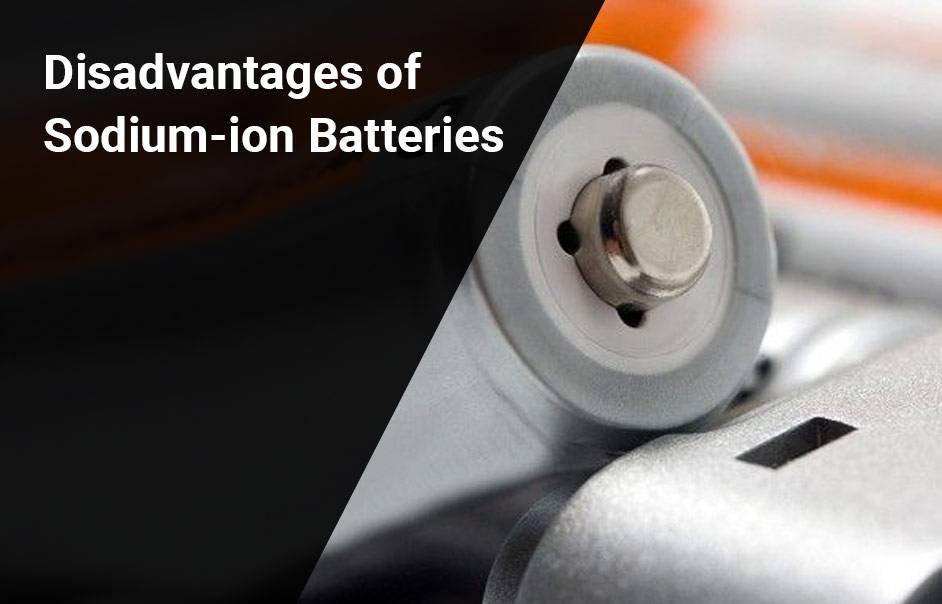
Moreover, sodium-ion batteries can play a crucial role in grid-scale energy storage, mitigating power supply fluctuations by storing excess electricity during low-demand periods and releasing it during peak times. Beyond these applications, the cost-effectiveness of sodium-ion batteries makes them an appealing choice for portable electronic devices, offering manufacturers an option to reduce production costs without compromising performance. While challenges persist, ongoing research and technological advancements are paving the way for sodium-ion batteries to unlock new horizons in clean energy storage and efficient power solutions, promising exciting developments in the coming years.
Future Developments
As technology progresses, the future of sodium-ion batteries holds significant promise with ongoing efforts to address limitations and enhance performance. A key focus area is the improvement of energy density, potentially enabling sodium-ion batteries to compete with lithium-ion counterparts in terms of power output. This advancement could unlock new applications, including electric vehicles and renewable energy systems, where high energy storage is crucial. Another avenue of development aims to enhance the commercial availability of sodium-ion batteries, making them more accessible to consumers through optimized manufacturing processes and increased research funding.
Additionally, addressing environmental concerns is vital, and researchers are exploring sustainable materials to minimize the impact of battery production and disposal. Despite current limitations such as lower energy density and limited commercial availability, the ongoing research endeavors strive to overcome these challenges, paving the way for the widespread adoption of sodium-ion batteries across industries. The future holds exciting prospects for sodium-ion battery technology, potentially revolutionizing clean and efficient energy storage solutions for various applications. Stay tuned for breakthroughs that could reshape our approach to portable power sources in the coming years.














